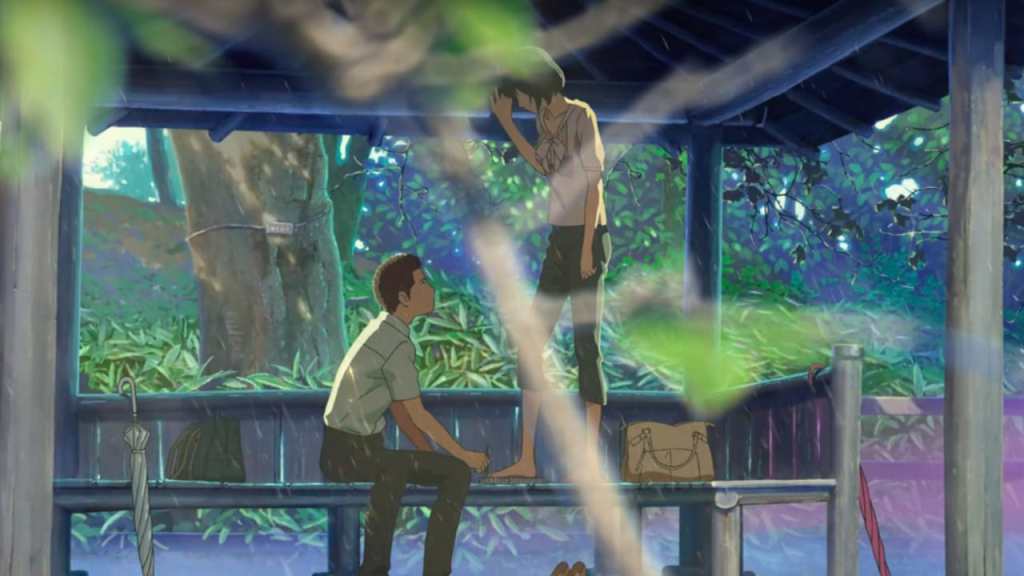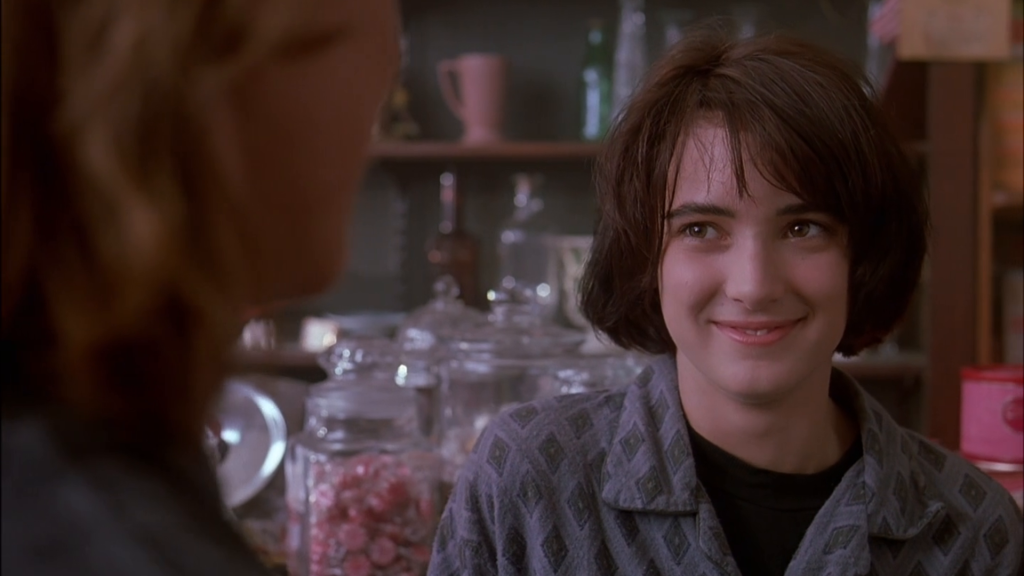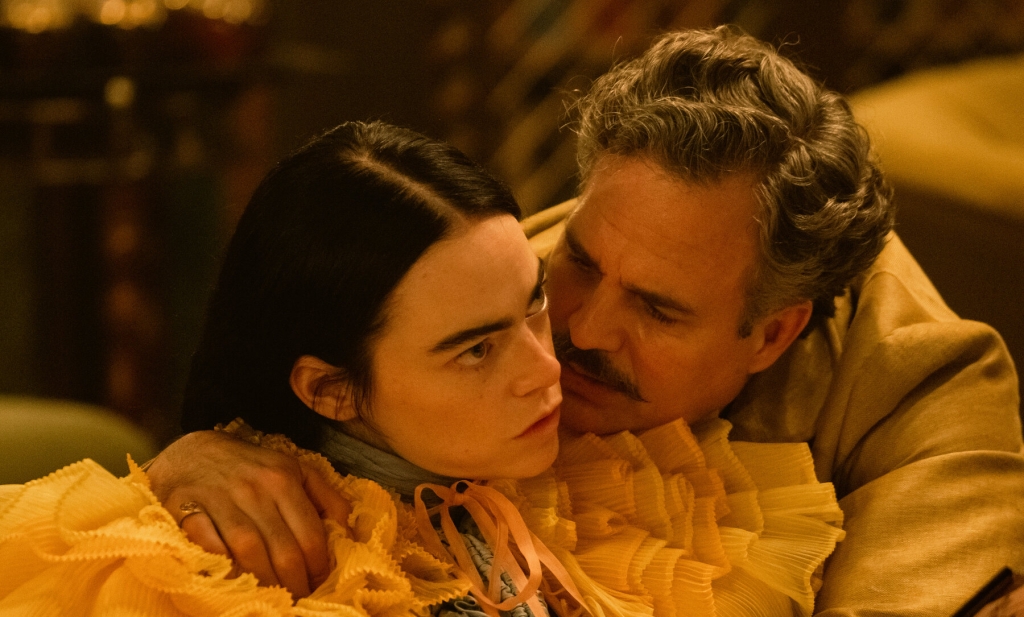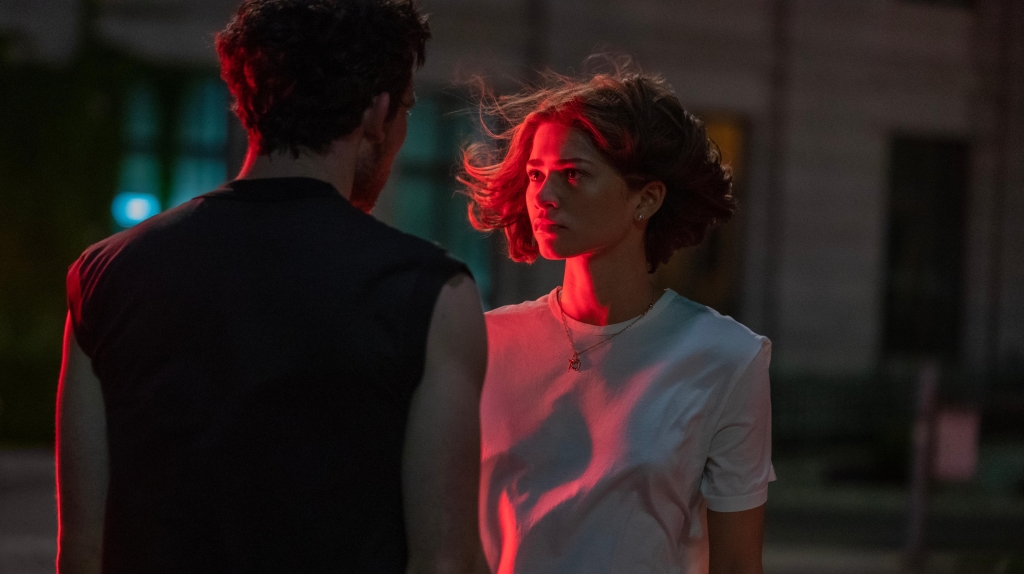 Popular cinema is littered with underrated films. The creators of the 2011 fantasy Immortals probably cannot complain. Their Greek myth-inspired epic was a commercial success at least, although it only grossed a little more than half that of Clash of the Titans – a larger-scale but equally CGI-heavy remake released just a year earlier. Neither film was particularly popular with critics, although both boasted impressive casts and strong design aesthetics. A decade on, it feels as if neither film has been well remembered or celebrated. Clash of the Titans remains a relatively generic and commercially-minded work. It is enjoyable without ever feeling exceptional, or indeed in any way necessary.
Popular cinema is littered with underrated films. The creators of the 2011 fantasy Immortals probably cannot complain. Their Greek myth-inspired epic was a commercial success at least, although it only grossed a little more than half that of Clash of the Titans – a larger-scale but equally CGI-heavy remake released just a year earlier. Neither film was particularly popular with critics, although both boasted impressive casts and strong design aesthetics. A decade on, it feels as if neither film has been well remembered or celebrated. Clash of the Titans remains a relatively generic and commercially-minded work. It is enjoyable without ever feeling exceptional, or indeed in any way necessary.
Immortals feels different. It is a highly stylised and distinctive work. While it tells a simple story, remixing and adapting various elements of classical Greek mythology, it tells it in a deliberately heightened and vividly designed fashion. Its director, Indian filmmaker Tarsem Singh, has one of the strongest visual eyes in the business. He has to date only directed five features. Immortals is his third, and follows the widely acclaimed films The Cell (2000) and The Fall (2006). His is a superb aesthetic, eschewing all sense of historical realism in favour of bold, abstract design.
That sense of the abstract makes all of the difference. Louis Leterrier’s Clash of the Titans possesses an unreal computer-generated sheen because it lacks the production time and budget to look realistic. Immortals has a similar sheen, but because Tarsem is deliberately creating an unreal work. It is a visual technique shared with Zack Snyder’s 300 (2006), but while that film was deliberately reflecting artist Lynn Varley’s original graphic novel Tarsem has developed a look and identity of his own. While the screenplay may be weak, it is absolutely beautiful to watch.
Somewhere else that Tarsem excels is in the presentation of quite brutal violence. Characters are not simply killed but rather butchered. People are beheaded, burned alive, and mutilated. When gods descend to the Earth they are more terrifying than glorious. Ancient myth is regularly sanitised in children’s fiction and popular cinema. It is refreshing to see it rendered in such a vicious and bloody fashion.
A strong cast help to overcome the film’s character shortfalls. Henry Cavill makes an early lead performance here, showcasing the screen presence that will serve him well later in Man of Steel, The Man from UNCLE, and Mission Impossible: Fallout. An appealing supporting cast includes Freida Pinto, Stephen Dorrf, John Hurt, and Luke Evans – all of whom are actors able to look dignified speaking stereotypical dialogue and staying interesting without benefitting from any real development. The film’s star performer is Mickey Rourke, all sweat and muscle, his gravelly voice revealing a merciless and seemingly unstoppable antagonist. When film enthusiasts discuss great screen villains of the past quarter-century, it is a shame he is not mentioned that often.
Come to this film for plot or dialogue, and it will disappoint – and you would not be wrong. Come for the experience – the visuals, the aesthetic, and the striking combination of design, sound and picture – and it reveals itself as something quite special. Find the biggest screen, crank the stereo up loud, and revel.





Leave a comment